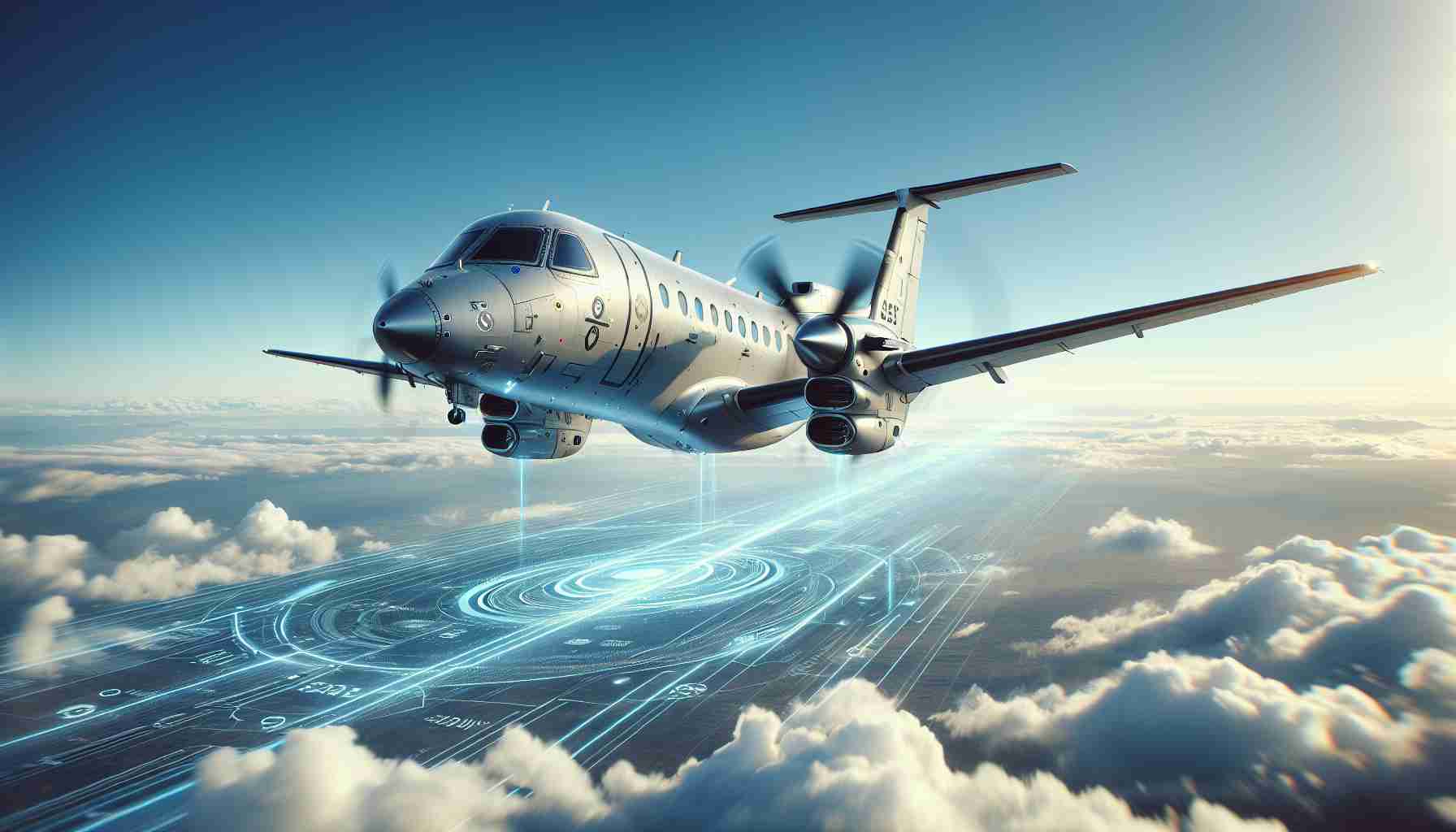The Saab 340 AEW&C (Airborne Early Warning & Control) aircraft represents a significant step forward in military surveillance technology. With the rapid advancement of technology, this model is poised to redefine how airborne early warning systems are integrated into global security frameworks. The aircraft’s greatest achievement lies in its ability to process and communicate real-time data seamlessly, enhancing situational awareness on a scale previously unseen.
The core of the Saab 340 AEW&C is its advanced Erieye radar system. Mounted on top of the aircraft, this active electronically scanned array (AESA) radar provides 360-degree coverage, allowing for unparalleled detection capabilities of both aerial and maritime threats. Its small size and high maneuverability make it an ideal choice for countries looking to bolster their air defense systems without the need for larger, more costly platforms.
Moreover, the integration of next-generation data links and communication systems allows the Saab 340 AEW&C to directly connect with ground-based and sea systems, creating a comprehensive information network. This capability ensures rapid dissemination of intelligence to decision-makers, enhancing the responsiveness of military operations.
Future iterations of this aircraft are expected to adopt even more advanced technologies, such as artificial intelligence algorithms for target recognition and enhanced stealth features to operate in contested environments. As nations strive to stay ahead in the rapidly evolving landscape of air defense, the Saab 340 AEW&C is positioned to be a key asset in achieving superior aerial surveillance and control capabilities.
Revolution in the Skies: The Ripple Effects of Advanced AEW&C Technology on Global Security
The widespread adoption of advanced AEW&C aircraft like the Saab 340 AEW&C is transforming global security landscapes. Beyond its impressive technological capabilities, the impact of such systems is profound, affecting various spheres from local communities to international relations.
How are communities affected? The enhanced surveillance capabilities of the Saab 340 AEW&C provide countries with unprecedented security measures. This means potentially safer borders, reduced likelihood of undetected threats, and quicker response times to transgressions. However, there are concerns over privacy and the potential misuse of such powerful surveillance technologies against civilian populations. Communities living near airbases may also experience increased noise pollution due to more frequent deployments.
Interesting questions include: Does increased surveillance lead to heightened tensions between neighboring countries? While improved surveillance can deter aggression, it can also spark an arms race, as nations strive to match or surpass such capabilities. The cost-benefit ratio is another consideration; smaller nations might struggle with the high investment required despite the potential security payoffs.
What are the advantages and disadvantages? On the advantage side, systems like the Saab 340 AEW&C provide a strategic edge, elevating national security levels and enhancing collaboration through integrated defense networks. Nevertheless, the reliance on such technologies might divert funds from other crucial areas like education and healthcare, potentially impacting socioeconomic development.
For more insights into the evolution of military technology, explore reputable sources like Department of Defense or NATO.







